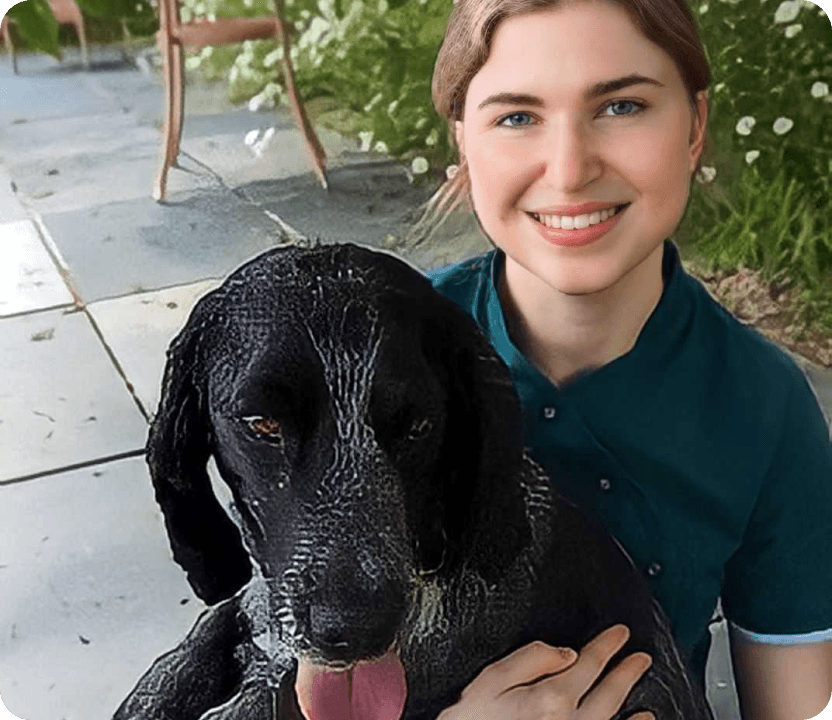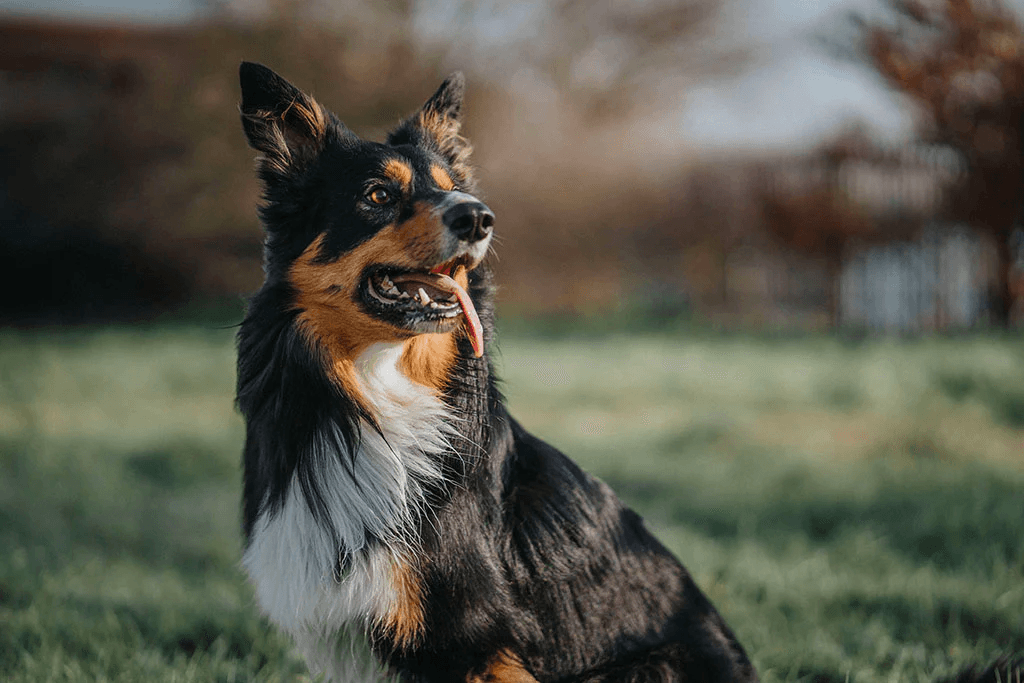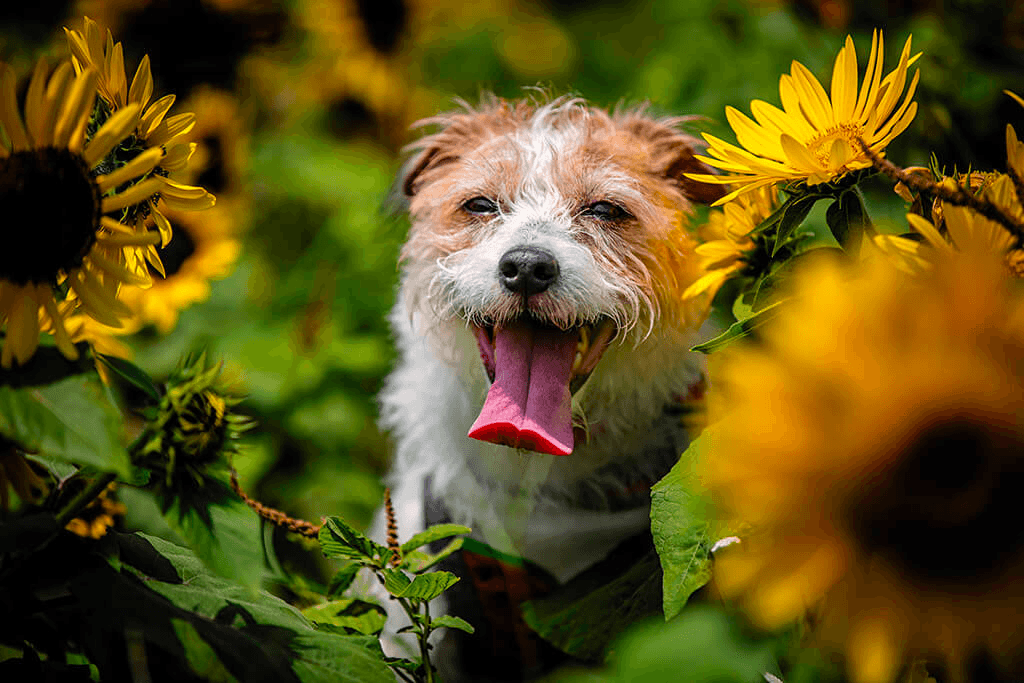A luxating patella can be a mild inconvenience or cause significant lameness. In this article we’ll discuss what patellar luxation is, what causes it, how you can recognize it and the potential treatments, including costs and recovery tips.
- Home/
- Dog/
- Health & Wellness/
- Dog Luxating Patella: Causes, Signs & Treatment Options
Dog Luxating Patella: Causes, Signs & Treatment Options

Luxating patella in dogs is a condition in which the kneecap dislocates and slips out of its groove. It’s relatively common, affecting around 1.3% of dogs1, and is typically seen in small breeds.
The severity of patellar luxation in dogs varies a lot, meaning that some affected dogs show few symptoms while others develop severe lameness.
Understanding luxating patella in dogs can help you to recognize and manage this common condition.
What is Luxating Patella in Dogs?
The patella, or kneecap, is a bone that sits within the large quadriceps muscle group on the front of the thigh. The patella helps direct the force from this muscle to pull on the front of the shin bone (tibia) just beneath the knee (stifle) and extend the leg.
In order to direct the pull from the muscle correctly, the patella slides up and down within a bony groove on the front of the thigh bone (femur) – and it should stay in this groove at all times, smoothly sliding up and down as the muscle contracts and relaxes.
However, in some dogs, the patella is able to slip out or ‘dislocate’ to the side of this groove – and this is described as a luxating patella. This often happens when the knee is bent, which can leave the dog feeling as though their knee is stuck until it flicks back into position and the knee can move normally again.
This intermittent patellar luxation can cause skipping of the gait, which is often noticed in small breeds. Rather than stopping, these dogs often continue to trot along for a few steps with one back leg lifted up, until the patella returns to its groove and they can continue to walk normally.
In the vast majority of cases, a luxating patella in dogs is defined as medial patellar luxation (MPL), meaning that the patella is displacing towards the inside of the leg. Rarely large or giant breed dogs can develop lateral patellar luxation (LPL) in which it dislocates towards the outside of the leg.
Causes of Luxating Patella in Dogs
Luxating patella in dogs is usually a developmental disorder, meaning it’s due to the way that the bones and muscles have grown. Occasionally, it can also be caused by trauma.
It’s likely there’s a genetic component to this, as certain breeds experience patellar luxation much more often than others. While small breed dogs in general are at higher risk, Pomeranians, Chihuahuas, Yorkshire terriers and French bulldogs have five to six times the odds of developing patellar luxation.1
The knee is a very complex joint, and even subtle changes to the growth and development of the leg that can’t be seen with the naked eye can lead to patellar luxation. Animals with a visibly ‘bow-legged’ stance are particularly predisposed to patellar luxation.
Signs and Symptoms of Luxating Patella in Dogs
A luxating patella usually develops when a dog is young, and signs are often first noticed in puppies or young adults.
However, in some dogs a luxating patella may not become apparent until they’re a little older. Sometimes, a luxating patella is only diagnosed when another condition, like a cruciate ligament rupture, causes more severe lameness.
The signs of a luxating patella depend on the severity of the luxation but often include:
A skipping or hopping gait
As described above, this is common if the patella is spontaneously slipping in and out of its groove. Affected dogs intermittently hop or skip to keep weight off one of their back legs until the patella slips back into the right position.
Intermittent – or constant – lameness in one or both back legs
They may seem stiff on one or both legs or be visibly lame. The patella slipping out of its groove can cause abnormal wear, which may lead to inflammation and pain, although not all dogs with patellar luxation are painful.
Difficulty extending the leg
In some cases, dogs will struggle to fully extend their knee to lengthen their leg, causing a persistently awkward and uncomfortable gait. They may also experience pain if you try to manually extend their knee.

Luxating Patella Grading in Dogs
Luxating patella in dogs is often described using a grading system.
Grade 1: this describes a patella that can be pushed out of its groove by a veterinarian, but returns to a normal position as soon as it’s released.
Grade 2: this is the most commonly diagnosed grade of patellar luxation.
A grade two luxating patella in a dog will slip out of position intermittently when the knee is bent or manipulated and typically remains out of position until the knee is extended, when it slips back into the correct position.
A grade two luxating patella may be a mild or fairly severe condition. Some dogs with a grade two luxating patella will only occasionally skip while walking and are otherwise fit and healthy. Others will experience extremely frequent luxation and develop associated pain and lameness.
Grade 3: the patella remains permanently outside its groove. It can still be manually pushed back into it, but will spontaneously slip out of the groove when released.
Grade 4: the patella is permanently dislocated and cannot be pushed into the correct position.
While many dogs experience a low level of patellar luxation throughout their life, patellar luxation can gradually worsen over time.
The more time the patella spends outside its groove, the more the surrounding tissues adjust to this, which can lead to more frequent luxation in a vicious cycle. Alongside this, the patella flicking out of its groove can damage the cartilage in this area, leading to pain and the development of arthritis.
Treatment Options for Luxating Patella in Dogs
Luxating patella treatment in dogs depends on its severity.
A grade one luxating patella doesn’t usually require treatment.
A mild grade two luxating patella may benefit from conservative treatment, but if it’s more severe and causing lameness, your veterinarian is likely to recommend surgery.
For dogs with grade three or four patellar luxation, surgery is strongly recommended.
If patellar luxation is diagnosed in a young puppy, early surgery may prevent it worsening as they grow. In this situation it’s best to consult a specialist orthopedic veterinarian for advice.
Conservative (non-surgical) treatment of luxating patella in dogs
Conservative treatment for luxating patella in dogs usually centers around weight management, activity modification, physical therapy, and pain management when needed. This is unlikely to prevent the patella from luxating, but can maintain strength, mobility, and comfort.
Weight management
Keeping your dog a healthy weight can reduce inflammation and minimize the load and stress on their joints, including the knee.
Activity modification
It’s a good idea to avoid overly strenuous activities like chasing balls if possible, to reduce wear on the tissues of the knee.
However, it’s important to keep them moving and maintain their muscle mass, so their exercise shouldn’t be overly restricted if they’re not showing signs of pain. If they are, it’s best to discuss this with your veterinarian.
Physical therapy, hydrotherapy, and massage
Physical therapy and hydrotherapy can help to maintain joint mobility, strengthen the muscles supporting the knee and delay the progression of arthritis. Hydrotherapy can also be a good way to help dogs lose weight.
A physical therapist may also recommend gentle massage of the muscles in your dog’s legs to help release tension and soothe pain. It’s best to seek advice from a professional on how to do this, as massaging the wrong structures could make things worse.
Pain management
It’s important to monitor dogs with patellar luxation for subtle signs of pain, as this can cause them to use the affected leg less, leading to loss of muscle that can be hard to regain later on. Early pain relief is important to keep dogs moving comfortably.
Luxating patella dog braces
Vets don’t typically recommend a luxating patella brace for dogs, for a few different reasons.
First, the patella is very small and can be hard to hold in place with your fingers, so a brace is very unlikely to prevent it from luxating.
Secondly, while a brace may offer some general support to the knee, it risks allowing the muscles that should be supporting the leg to atrophy, contributing to weakness and potentially worsening symptoms long-term.
Finally, braces can easily rub, cause irritation, or alter dogs’ gaits in a way that causes other problems.
If you’re considering a dog brace for luxating patella, it’s best to speak to your veterinarian first.
Surgical treatments for luxating patella in dogs
There are three main types of surgery that are carried out to treat patellar luxation. These are sometimes combined into one procedure for the best outcome.
The first involves realigning the quadriceps muscle so that it pulls the patella straight up within its groove, rather than pulling it towards the inside of the knee.
This surgery typically involves cutting the small piece of bone just below the knee where the quadriceps muscle inserts (the tibial tuberosity), and repositioning this slightly before fixing the bone back together.
The second type of surgery involves deepening the groove that the patella sits in, making it harder for it to slip out of place.
Finally, the third type of surgery involves tightening the soft tissues on the outside of the knee and releasing those on the inside to help position the patella correctly. This is usually not enough to fix the problem by itself and is typically combined with one or both of the surgeries above.
In rare cases, more substantial surgery may be required to correct the bones of the leg.
Surgery for a luxating patella can cost anywhere from $1000 to $5000 per leg, depending on what’s required.
Recovery from Luxating Patella Surgery
Recovery from surgery is usually straightforward, but close monitoring and regular check-ups are recommended. It’s essential to follow your veterinary team’s guidance for the best outcome.
For the first few days, a soft dressing may be used to cover the surgical site, but heavy bandaging isn’t usually required. Dogs should be able to tentatively bear weight on the operated leg once the dressings are removed, but should still be strictly rested at this stage.
Exercise should typically be restricted for six weeks following orthopedic surgery to prevent complications. Following your veterinary team’s advice, you’ll usually be able to begin gentle, slow lead walks around the garden during this time to help get their joints moving and maintain their muscles. Gentle physiotherapy or, if recommended by your veterinarian, hydrotherapy can also help.
Dogs will usually have repeat radiographs around six weeks postoperatively to check that they’re healing correctly. If they are, you can usually begin to slowly increase their exercise under the guidance of your veterinarian. It usually takes around three months for dogs to return to their usual activity levels.
While their physical exercise may be limited, one of the best things you can do for your dog at this time is to offer mental stimulation. Alleviating their boredom can make a huge difference to your dog as they recover.
Final Thoughts on Luxating Patella in Dogs
Depending on its severity, luxating patella may be monitored and managed conservatively, or may require surgery to correct it. Either way, this condition is usually manageable and most dogs with luxating patella live long and happy lives.
If your dog has a luxating patella, the most important thing is to work with your veterinarian to work out the best treatment plan for you and your dog to keep them active and comfortable.
References
- O’Neill, D.G., Meeson, R.L., Sheridan, A. et al. The epidemiology of patellar luxation in dogs attending primary-care veterinary practices in England. Canine Genet Epidemiol 3, 4 (2016). https://doi.org/10.1186/s40575-016-0034-0
- Houlton, J.E.F., British Small Animal Veterinary Association. BSAVA Manual of Canine and Feline Musculoskeletal Disorders. British Small Animal Veterinary Association (2006).
 P
P



